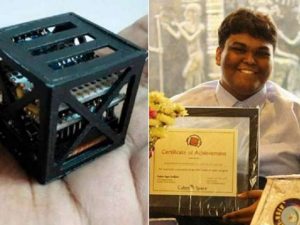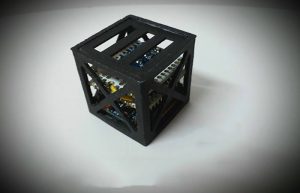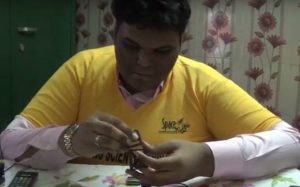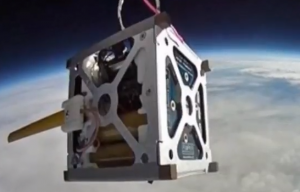A 18 year old kid from a town in Tamil Nadu has made the lightest working satellite in spite of not having an expert satellite outlining degree. The satellite will be propelled into space not long from now by NASA.
Rifath Sharook, a 18 year old student from Pallapatti in Karur area in Tamil Nadu, built up the lightest working satellite ever.
The satellite has been named “KalamSat” in memory of the widely acclaimed researcher and late President of India Dr APJ Abdul Kalam.
The four-centimeter 3D shape satellite weighs 64 grams and incorporates sensors to quantify temperature and radiation levels, among other information.
The noteworthy part is that the 3D square is 3D printed and utilizes carbon fiber.
The satellite is booked to be propelled on June 21 from NASA’s Wallops Space Center in the United States on a SR-4 rocket. KalamSat will start working once it enters the sub-orbital way. It will work for 12 minutes and will record diverse information before falling into the ocean.
Rifath’s satellite was browsed 86,000 outlines put together by groups from 57 nations in a ‘3D squares in Space’ challenge held by NASA and ‘I Doodle Learning’.
Rifath is excitedly sitting tight for the day when his satellite will enter circle and transmit information.
NASA likewise has a program called Open Innovation, where it utilizes the assistance of people in general “for fresh pondering human space investigation difficulties.” Such crowdsourcing endeavors appear to be productive for the space organization, and the KalamSat is only one proof.
The KalamSat will spend around 12-minutes in a small scale gravity condition of space, where it will test the sturdiness of its amazingly light packaging, 3D-printed from fortified carbon fiber polymer. “The primary part of the satellite will be to show the execution of [3D-printed] carbon fiber,” Shaarook disclosed to the Times of India. The accomplishment of the satellite could prompt the advancement of comparable innovation: such lightweight payloads would positively be more practical for NASA. The space organization is looking for inventive thoughts for payload benefit, as well: back in March, they wrapped up an open call for payload ideas for a secretive mission.





